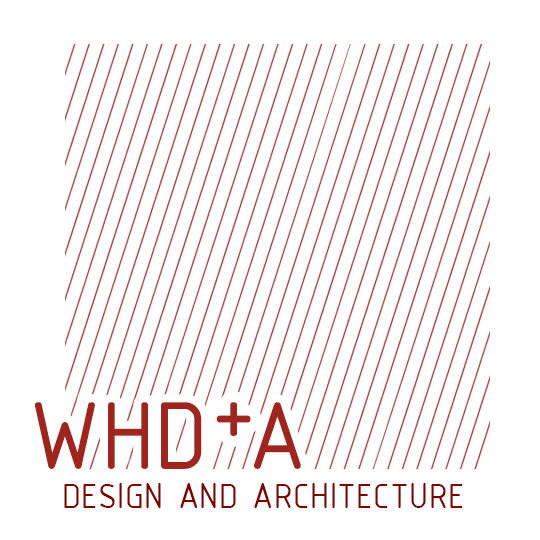Which is better for you - Traditional Lump Sum or Design and Construct?
Recently we have had a few potential clients raise the possibility of having a builder involved early in the design process. Whilst professionally I don’t have a problem with this - in fact it would make sense on projects where expected level of quality is quite high, and having a builder engaged early on provides the opportunity to have them involved early in the design phases.
However, when I dig a little deeper about where this request comes from, it’s usually from a place of fear - or, lack of understanding of the process involved to make an architectural project.
Some of the fears relate to…
1) What will the project look like? Will it meet my needs?
2) How much will it cost? (Can I afford it?)
3) How long will the project take?
Some of these fears can influence potential clients making a decision about who to speak to first, a builder or an architect. Sometimes it can influence potential clients on who to engage first - a builder with a design team (Design and Construct) or an architect (fully design and document the project, then let the project to a builder for a Traditional Lump Sum project). Both have their positives and negatives, but they all have some relationship to this diagramme….
These three factors of Time, Cost and Quality are key drivers in any project, and they are all interrelated to each other, and it is impossible to prioritise all three. Your own priorities will help you decide which procurement model is right for your needs.
Traditional Lump Sum
This is the traditional ‘Architect Designed’ model. This is very much a bespoke item, and the level of service offered which is reflected in the architectural fees. This offers the greatest flexibility as architect designed projects are site and client specific. Cost and Quality can be fixed by the Client but Time may fluctuate as the architect and the consultants need more time to resolve the design to ensure the best possible outcome. Time, Cost and Quality is fixed based the Tender Price received, and the architect manages (or rather, enforces) these by using contractual levers.
Positives
• Designed to suit your specific needs and site
• Innovation in design is possible, through the use of passive solar design techniques or other ESD strategies incorporated into the design
• Unlimited aesthetic expression can be achieved
• Architects can work with you for the whole process, where their high level of professional service and advice is available to Clients
• Likely enhanced resale value (or improved capital asset value)
• Ability to test the market through Competitive Tendering
• Time, Cost and Quality can be maintained during the Construction Period
Negatives
• Less control of Time during the design process
• Complex designs may require niche contractors and consultants
• Expensive consultant fees due to the process
• Generally more expensive than D & C projects on the basis of cost per square metre (but not always)
Design and Construct
This would represent the majority of new apartment and townhouse projects which are developer-driven. There are Builders offering D & C services for one-off projects. Often D & C Builders have their own Architects / Draftspersons and consultants as part of their business. Time and Cost are usually fixed, but Quality is variable and gives the Builder flexibility so they can deliver the project on time and on budget.
Positives
• Initially designed to suit your specific needs and site
• The cost includes the design process, and is usually fixed
• Saves time in tendering as the Builder will use their own sub-trades
Negatives
• Quality fluctuates, unless there is a contractual reason to keep elements of the design (i.e. things the purchasers will notice such as bathrooms, kitchens, appliances, etc..) the Builder will usually carry out substitutions for cheaper items to save money, therefore increase their own profit
• Lack of tendering means the cost may not be the most competitive
• No independent oversight during construciton as the architect is engaged by the contractor and usually does not act as agent and advisor to the client
The one twist in the tail
But here is the thing, and I want to elaborate a bit on this. A Design and Construct process generally lacks is independent oversight from an architect. I describe our role during construction more as an independent umpire, who is responsible for enforcing quality, certifying the builders work as being complete and defect free, certifying their progress claims for payment, making valuations on variations and time extensions, generally enforcing the rules of the contract between Client and Builder.
Going down the process with e Builder as the lead consultant means that the Client has no direct access to their architect. The architect is the agent for the Builder, not for the client. I think this is the one critical thing missing in a D & C arrangement - the client misses out on the advocacy and independent advice from their architect because they are not directly accountable to them - they work for the Builder, not you.
* * * * *
Whatever your priorities are relating to time, cost and quality, this should help guide you who to speak with first, because you should be satisfied that your design team understands what you are looking to achieve with the amount of capital investment you will make in your project.
Redmond Hamlett is a Director (Project Architect) at WHDA. You can contact him on 03 7020 5784.

